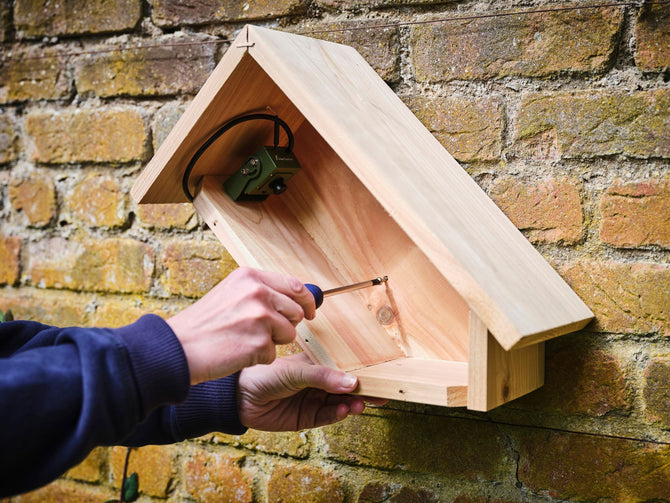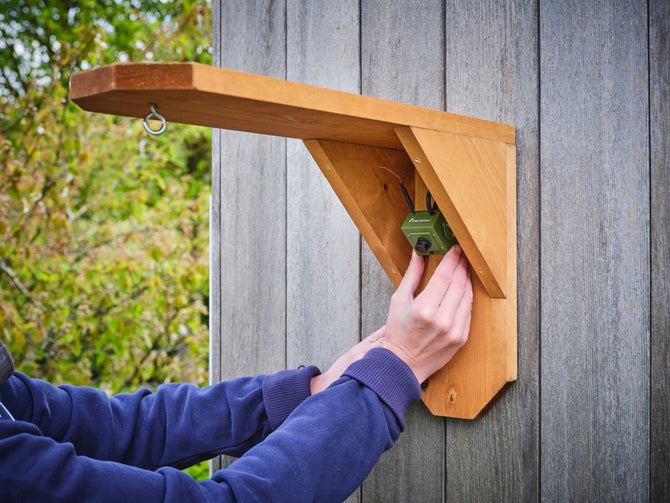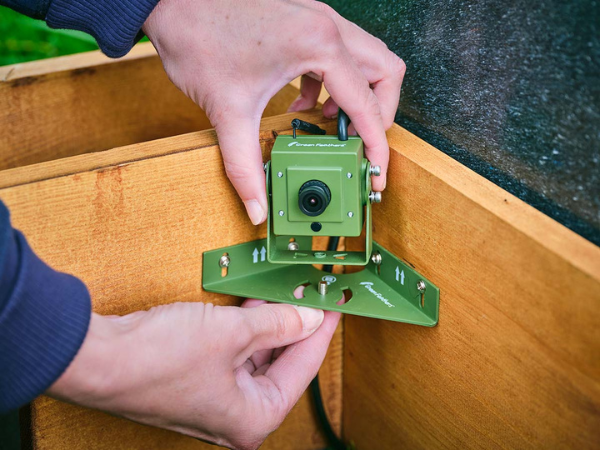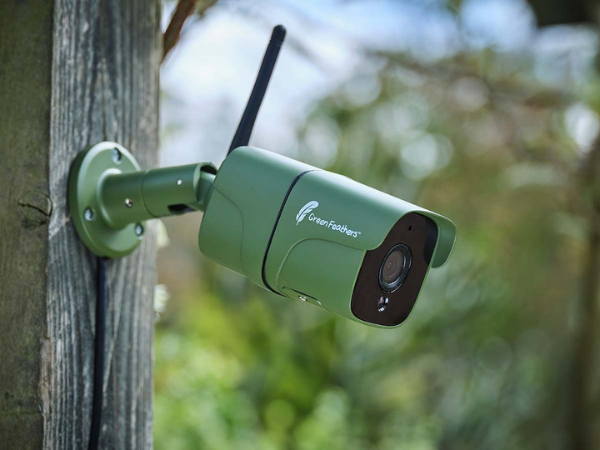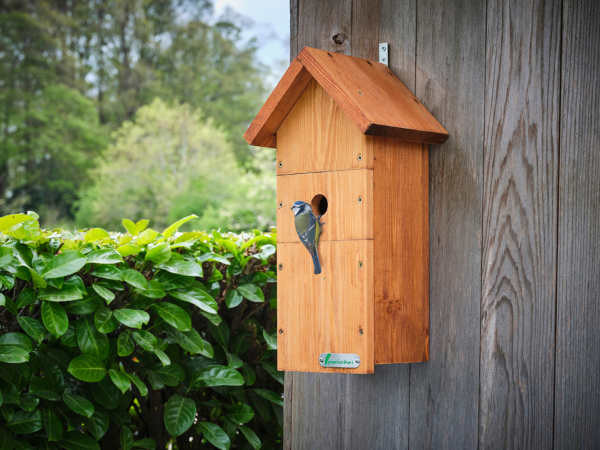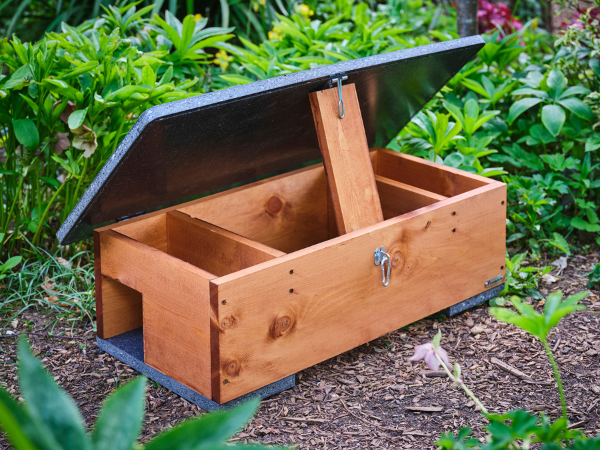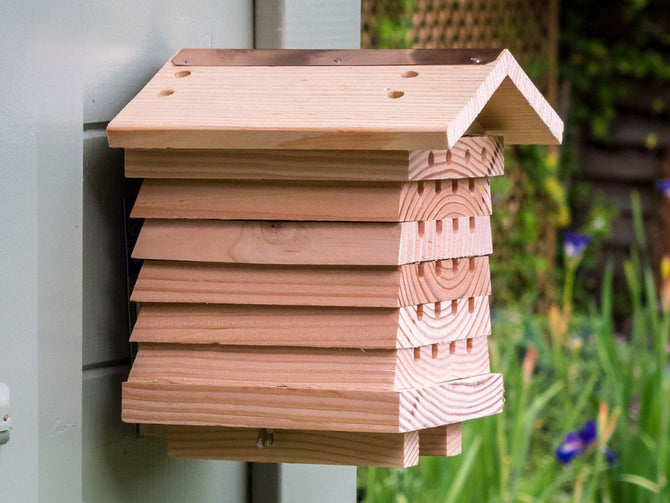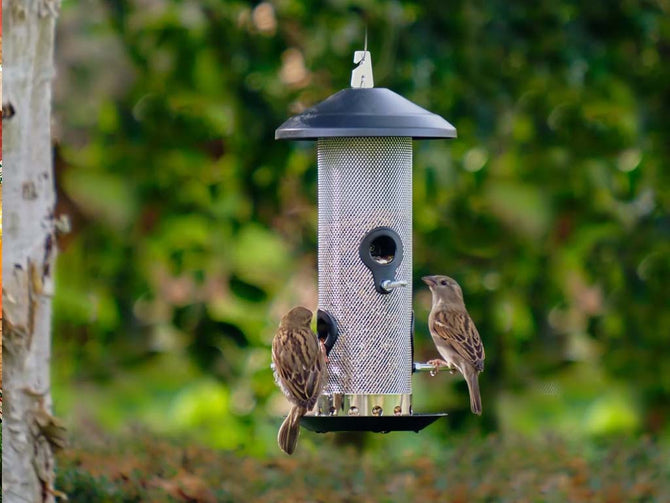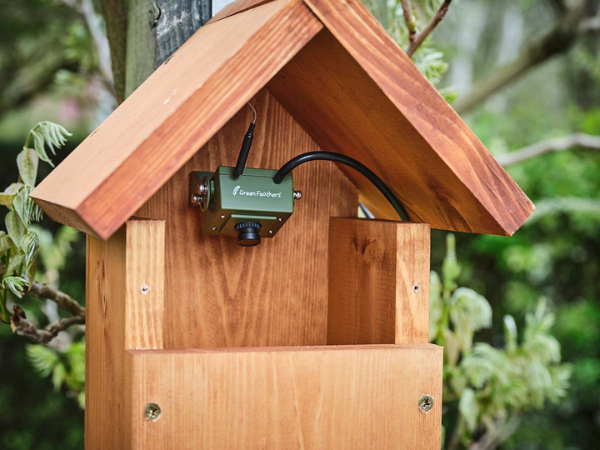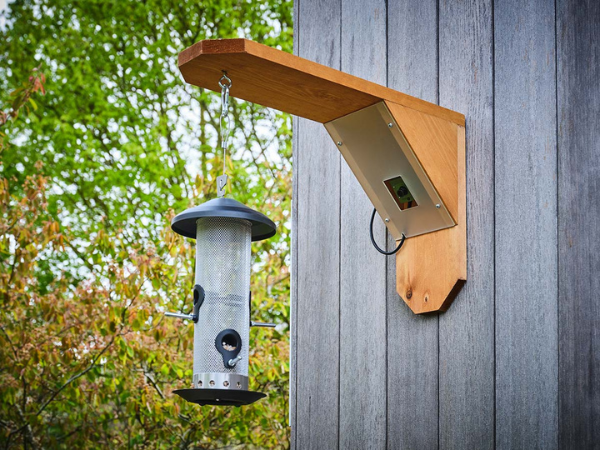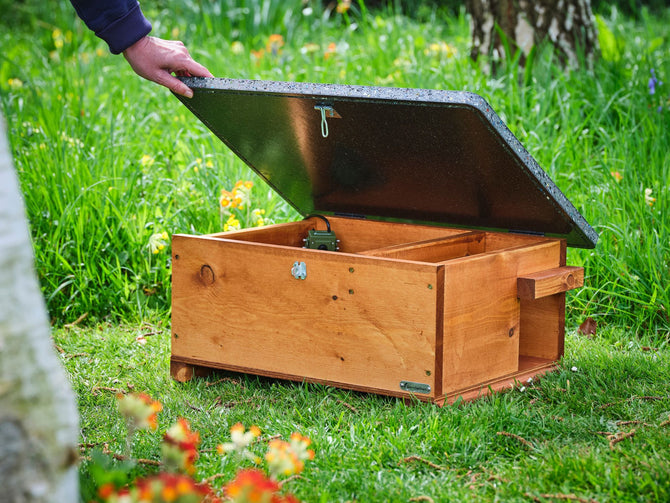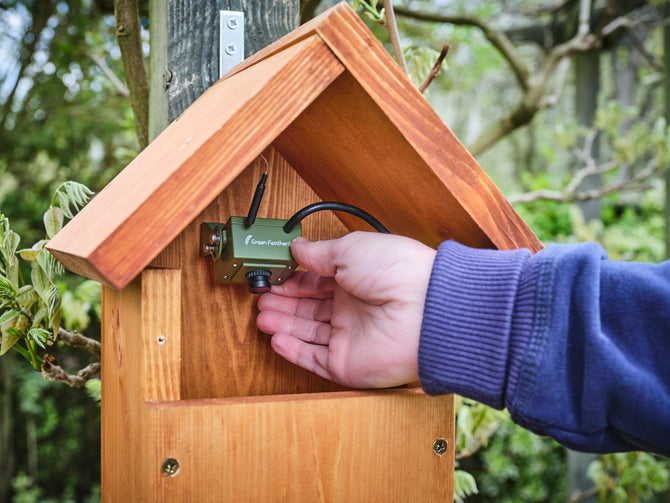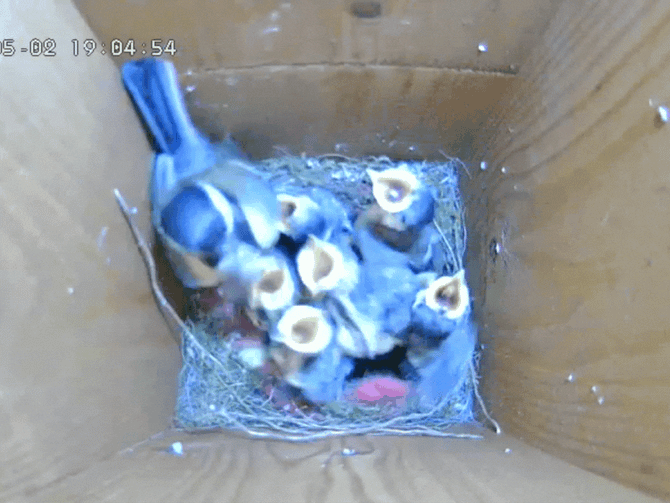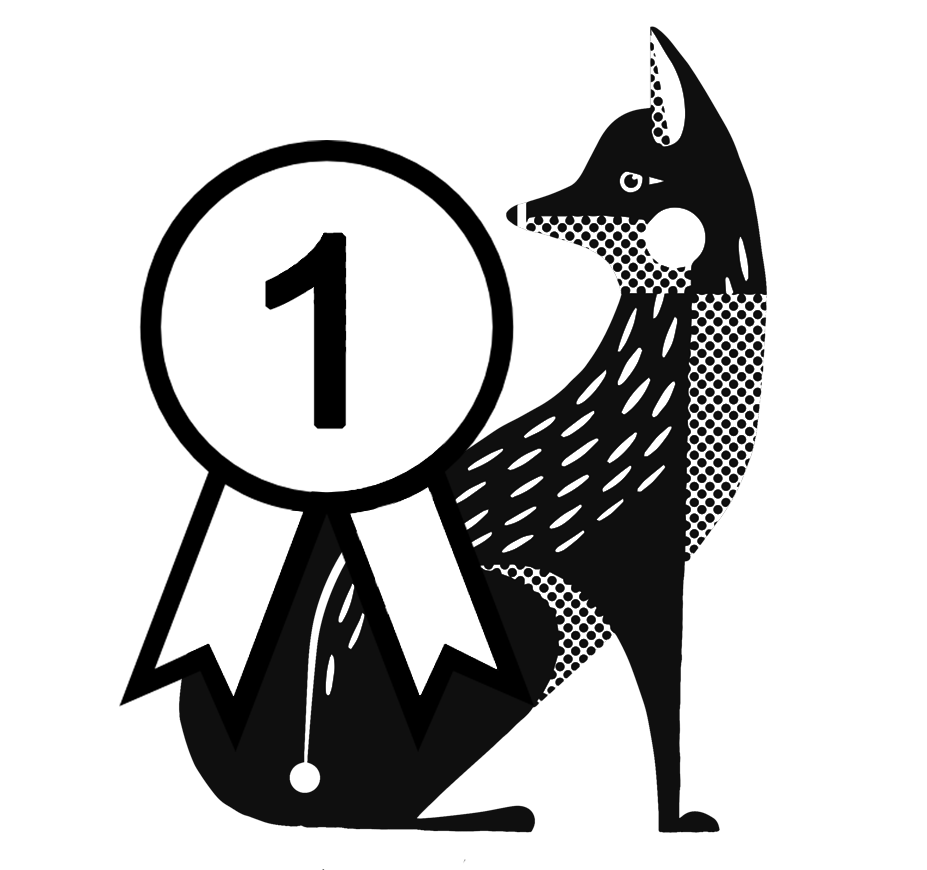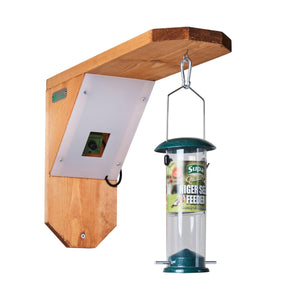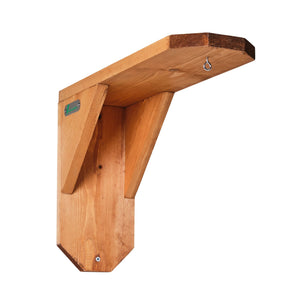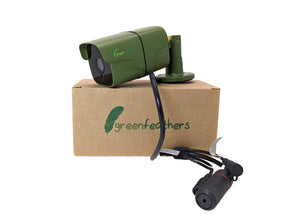If there’s one thing that’s certain, there’s no shortage of British birds in the UK! Whether you’re sipping tea in your back garden, strolling through the woods, or exploring a seaside village, our feathered friends are never far away. Some are noisy neighbours, some are secretive forest dwellers, and others are downright snack thieves (looking at you, gulls).
With so many British birds flitting about, you might be asking yourself which are the most common ones to look out for. Let’s explore four typical British habitats: gardens and towns, farmland and countryside, woodlands, and the coast. Each area has its own crew of common British birds, and once you know who’s who, spotting them becomes a little more fun!

1. British garden birds
The usual suspects! Our gardens are the stage for some of the most familiar British garden birds. If you’ve ever put out a feeder in your garden, chances are you’ve seen one of these before:
-
Wren: The UK’s most common British bird! Wrens are small and brown, with short, cocked tails and a distinctively loud song.
-
House Sparrow: Another familiar sight. Males are identified by their grey crown, black bib, and chestnut back. Females have a duller brown plumage and a light eye stripe.
-
Robin: A well-loved garden resident, recognisable by its red-breasted front and cheerful song.
-
Blue Tit & Great Tit: Blue tits are colourful little birds with blue caps, white cheeks, and green-blue backs. Great tits have black heads, green backs, and a distinctive black strip down their chests.
-
Blackbird: Another common garden bird, Blackbirds are known for their harmonious song. Males are unmistakable, being completely black, with a yellow bill and a yellow ring around the eye.
Pro tip: If you want a front row seat to the bird shenanigans in your garden, our bird feeder cameras and wildlife cameras let you watch these winged wonders up close without disturbing them! It’s like Netflix, but with more feathers and less buffering.
2. British farmland birds
Say hello to the countryside crooners. When you step outside town and into the rolling fields, you’ll soon discover some of our common British farmland birds:

-
Yellowhammer: This is a bright yellow bird typically spotted around woodland edges, hedgerows, and farmlands. They are known for their “a little bit of bread and no cheese” song!
-
Skylark: The skylark is famed for its song during flight. They are streaky brown birds with quirky crests on their heads.
-
Meadow Pipit: A small, streaky bird with a bouncy flight and yellow-brown colouring.
-
Woodpigeon: The woodpigeon is a familiar sight, and the largest, most common pigeon we have. They are distinguishable by their pink breast, white neck patch, and white wing patches, which are visible during flight.
3. British woodland birds
Among the oaks, ash, and hazel, you’ll encounter a quieter crowd. British woodland birds may be more elusive and trickier to spot, but their colours and calls make the effort worthwhile!

-
Eurasian Nuthatch: The nuthatch is grey-blue backed, with a long, black eyestripe and a yellow-rust belly. These birds are famous as the only UK species that can climb headfirst down tree trunks!
-
Goldcrest: One of the tiniest British birds, the goldcrest can be spotted by its orange or yellow crown, males having the former and females the latter.
-
Jay: The jay is a member of the crow family, identified by its pinkish-buff colouring and black-and-white wings that feature a striking blue patch.
-
Bullfinch: An unmistakable bird, with a black cap, black-and-white wings, white rump, and bright red breast.
If you’re fortunate to have a wooded area in your garden, our nestbox cameras are perfect for seeing birds in action. Pop one up in a tree box, and you might just catch some feathery tenants setting up home!
4. British sea birds
The coastal characters! No trip to the UK’s rugged coastlines is complete without spotting some British sea birds. This bunch ranges from the adorable to the downright cheeky.

-
Seagulls (Herring Gull, Black-backed Gull, etc.): Gulls are easy to spot for their yellow bills, webbed feet, and excellent chip-snatching skills!
-
Puffins: With their black dinner jacket, white bib, and bright, parrot-like bill, puffins are a crowd-favourite! They nest on cliffs and islands in northern and south-west England, and in Wales.
-
Guillemots & Razorbills: Guillemots are chocolate brown and white coastal birds. The razorbill has a similar colour pattern, except that they are black and white, rather than chocolate brown.
-
Terns: Terns are a family of birds, with common species being the common tern and the Arctic tern. These two are hard to tell apart! The common tern is white below and grey above, with an orangey-red, black-tipped bill.
British birds are everywhere!
From the birds chattering on the garden fence and those filling meadows with song, to the woodland dwellers and seaside swoopers, we are spoilt for variety in the UK. That’s what makes birdwatching such a joy for us at Green Feathers! Every habitat has its own stars, and with a little patience, or some great bird-watching tech, you can enjoy them all.
Our range of cameras is compact, unobtrusive, and designed to deliver high definition video and audio straight to your screens. We’ve got cameras for bird boxes, bird feeders, and general outdoor wildlife viewing.
Flit on over to our range of camera kits to browse and find your perfect setup!
FAQS about British birds
Which British birds migrate?
Many do! Some, like Swallows and cuckoos, head to Africa for the winter, while redwings and starlings are among those who arrive here from colder parts of Europe. Migration patterns vary by species.
When do British birds start nesting?
Most British birds begin in early spring, typically March to April, though some species, like robins, may nest earlier.
How many British birds are there?
The UK hosts around 620 recorded species, though only about 250 breed regularly. The wren is the most numerous, with an estimated 11 million breeding pairs!
Where do British birds migrate to?
This depends on the species. Swallows, swifts, and martins are common British birds that breed in the UK and migrate to Africa in the winter. The Arctic tern makes the longest migration of any animal, flying from their northern hemisphere breeding grounds all the way to the Antarctic!
What do British garden birds eat?
The diet varies from bird to bird, but generally, mealworms, seeds, nuts, fruits, berries, and suet make for an irresistible combo! Providing a range of foods will attract a wider variety of birds to your garden.
Last chirp
No matter what neck of the woods you’re in, there’s bound to be birds to encounter! If you want to get closer to the action, our range of cameras, bird boxes, and feeders lets you watch your favourite common British birds up close. Not sure what to get? Reach out to our friendly flock of experts at Green Feathers, or take our camera quiz!

